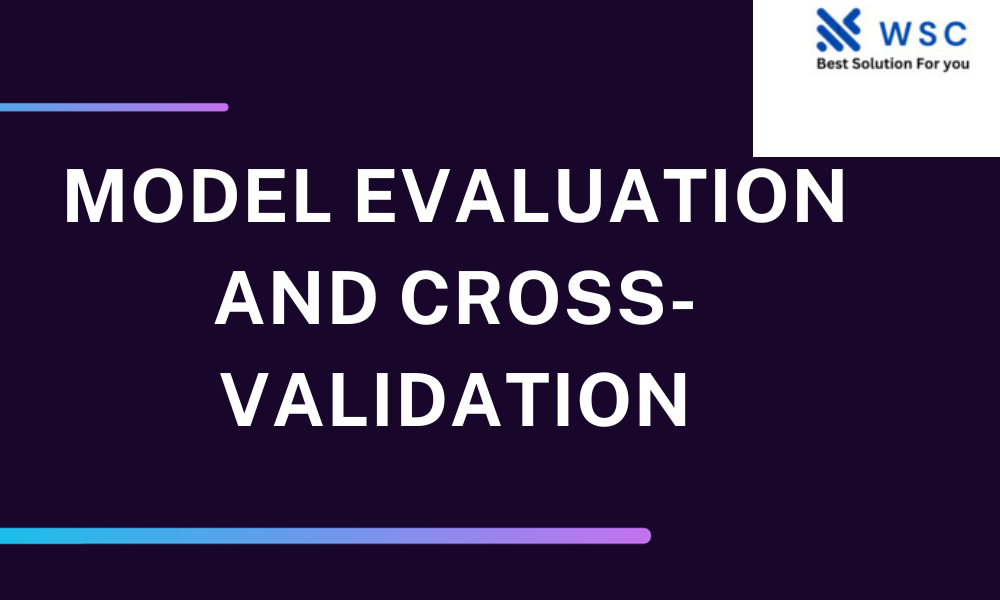Model evaluation and cross-validation are critical steps in machine learning to assess the performance of predictive models and ensure their generalizability. In this post, we’ll dive into the importance of model evaluation, the concept of cross-validation, and provide practical code examples to help you master these techniques.
Why Model Evaluation Matters
Model evaluation is crucial because it helps us determine how well our machine learning models are performing on unseen data. Without proper evaluation, we risk overfitting (models that perform well on training data but poorly on new data) or underfitting (models that fail to capture underlying patterns).
Cross-Validation: A Key Technique
Cross-validation is a powerful technique that allows us to assess a model’s performance using multiple subsets of the data. This helps in estimating how well a model will generalize to new, unseen data. Let’s explore a commonly used method: k-fold cross-validation.
K-Fold Cross-Validation
K-fold cross-validation divides the dataset into ‘k’ subsets (folds). The model is trained and evaluated ‘k’ times, with each fold serving as the test set once while the others are used for training. This process provides ‘k’ different performance metrics, which are often averaged to give an overall evaluation of the model.
from sklearn.model_selection import cross_val_score
from sklearn.model_selection import KFold
from sklearn.linear_model import LogisticRegression
# Load your dataset
X, y = load_data()
# Create a logistic regression model
model = LogisticRegression()
# Define the number of folds
kfold = KFold(n_splits=5)
# Evaluate the model using k-fold cross-validation
results = cross_val_score(model, X, y, cv=kfold)
print("Mean Accuracy: %.2f%%" % (results.mean() * 100))
Benefits of Cross-Validation
- Provides a more robust evaluation of model performance.
- Helps in detecting overfitting and underfitting.
- Utilizes the entire dataset for both training and testing.
Conclusion
In the world of machine learning, model evaluation and cross-validation are indispensable tools. By implementing k-fold cross-validation and similar techniques, you can enhance your model’s performance, make more accurate predictions, and avoid common pitfalls. Practice these methods with your datasets to become a more skilled data scientist or machine learning practitioner.
Check our tools website Word count
Check our tools website check More tutorial




